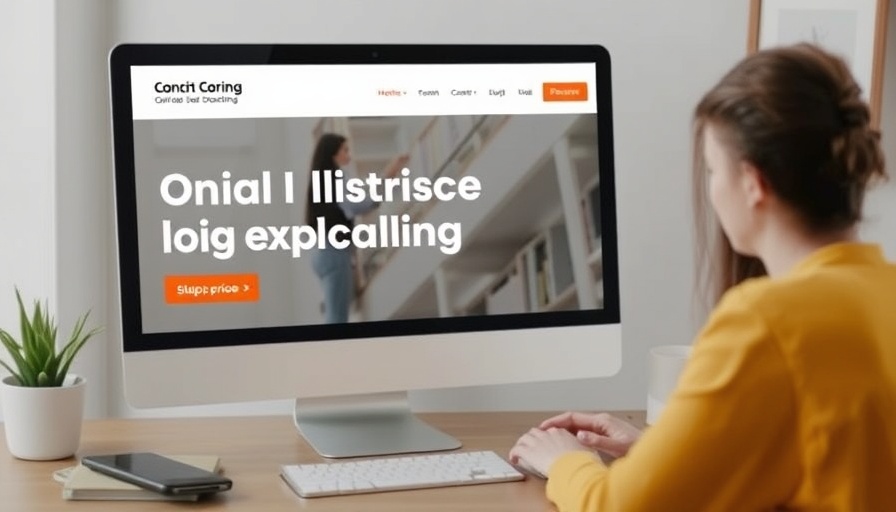
Exploring the Concept of Autistic Joy: A New Paradigm
The understanding of mental health is ever-evolving, but recent discussions underscore a compelling notion: the pursuit of joy is fundamental, particularly in neurodiverse communities. Autistic joy, a term gaining traction, suggests that seeking happiness can serve as a remedy for the challenges often faced in mental health, especially by autistic individuals. Elliot Wasselle, an autistic researcher from the University of Birmingham, recently highlighted this concept in a Zoom talk that resonated deeply with participants seeking a fresh perspective on joy and wellbeing.
Joining Nature’s Conservation and Mental Health
One of the fascinating angles of Wasselle's research focuses on connections with nature. According to various studies, nature interaction can significantly enhance mental well-being, offering a refreshing escape from urban stressors. For many autistic individuals, spending time outdoors isn’t just enjoyable; it aligns with their sensory preferences and need for a calm environment. Integrating activities such as gardening, hiking, or simply enjoying local parks into one’s routine can serve as unique pathways toward experiencing autistic joy.
Building Community through Shared Joy
Participation is at the core of Wasselle’s explorations into autistic joy. By building a community where autistic individuals can share experiences and support each other, they lay the groundwork for collective joy. The power of community is particularly influential in combating feelings of isolation and helplessness often associated with poor mental health. Engaging in participatory research methods, as Wasselle advocates, amplifies voices within the autistic community and fosters a sense of belonging, which is vital for mental health.
Counterarguments and Diverse Perspectives
While the narrative of autistic joy is uplifting, it’s important to acknowledge the complexities involved. Not all neurodivergent experiences are filled with joy, and some individuals may find it challenging to engage positively with their environment or community. Additionally, societal acceptance and understanding of autism differ widely across cultures, leading to varying experiences. Acknowledging these diverse perspectives is crucial in ensuring that the push for autistic joy includes all voices, creating a richer dialogue surrounding mental health.
Future Insights: What Does Joy Mean to You?
What remains clear is that joy—whether for an autistic individual or anyone else—is deeply personal. The future of mental health discussions welcomes evolving definitions of happiness. As more research emphasizes the importance of emotional and spiritual wellness, it may prompt further studies focused on what joy means across different demographics, particularly those often marginalized in these conversations.
Practical Tips for Cultivating Autistic Joy
1. **Engage with Nature**: Whether it's walking in a park or cultivating a garden, being outdoors can promote a sense of peace and happiness.
2. **Connect with Others**: Seek out local support groups or online communities where shared experiences can foster joy and understanding.
3. **Participatory Art Projects**: Engage in creative endeavors that allow for self-expression and the sharing of joy with others.
4. **Personal Reflection**: Take time to reflect on moments of joy and what brings happiness. Journaling can be a helpful tool in identifying these elements.
Understanding and nurturing autistic joy is not just important for autistic individuals but for society. Embracing this joy can pave the way for a more inclusive environment where everyone can thrive. Let's make it a priority to share our happiness, which ultimately leads to better mental health for all.
If you're interested in learning how you can further engage with important mental health topics or participate in community activities that support these conversations, reach out to local organizations or online forums dedicated to neurodiversity.
 Add Row
Add Row  Add
Add 




Write A Comment